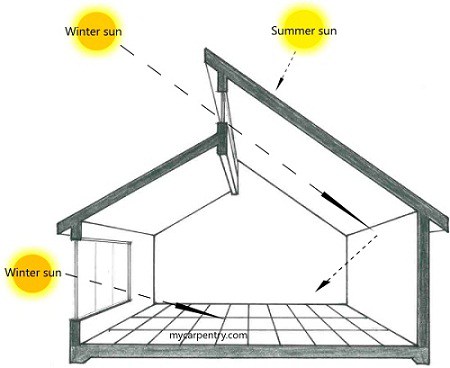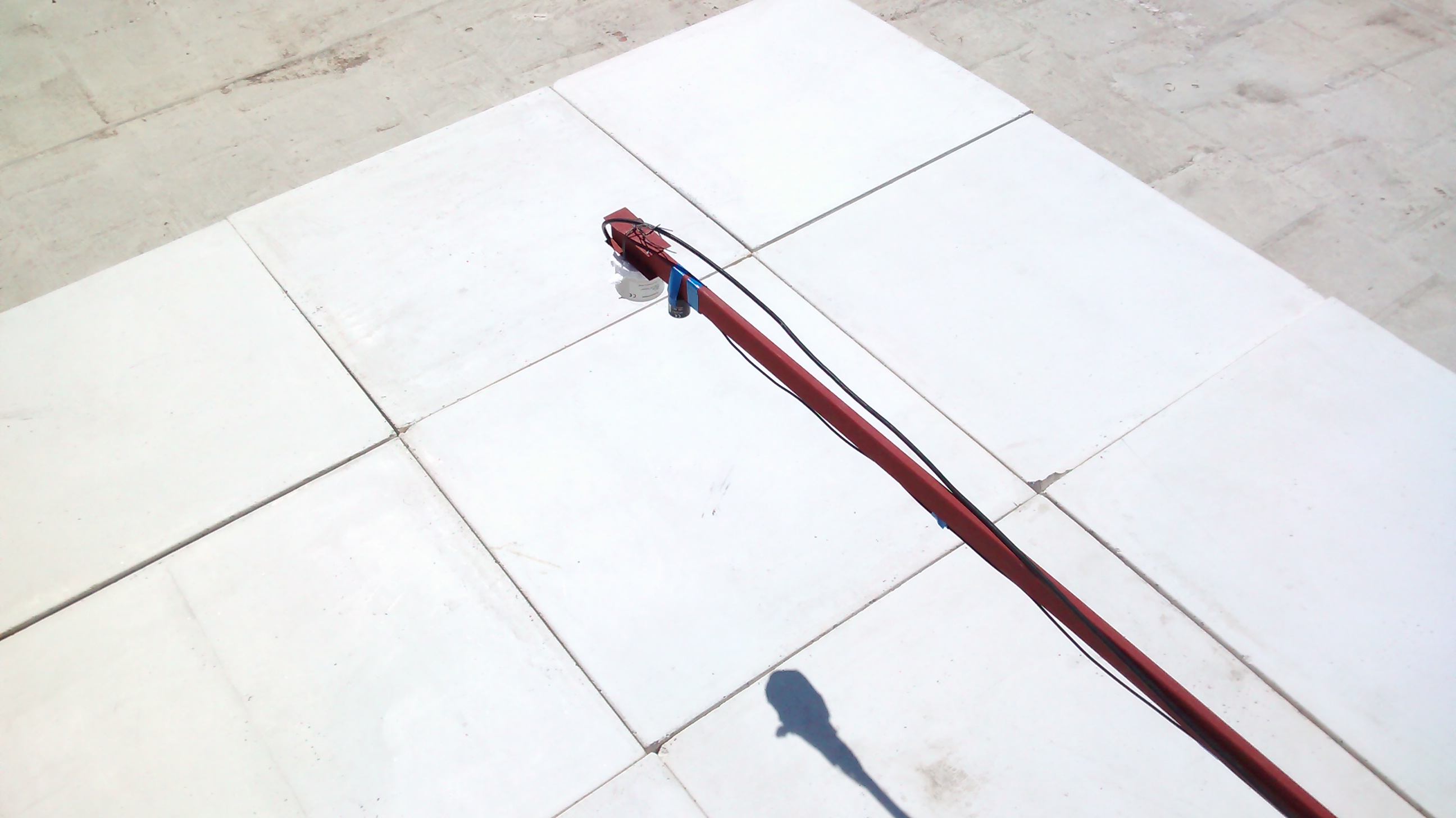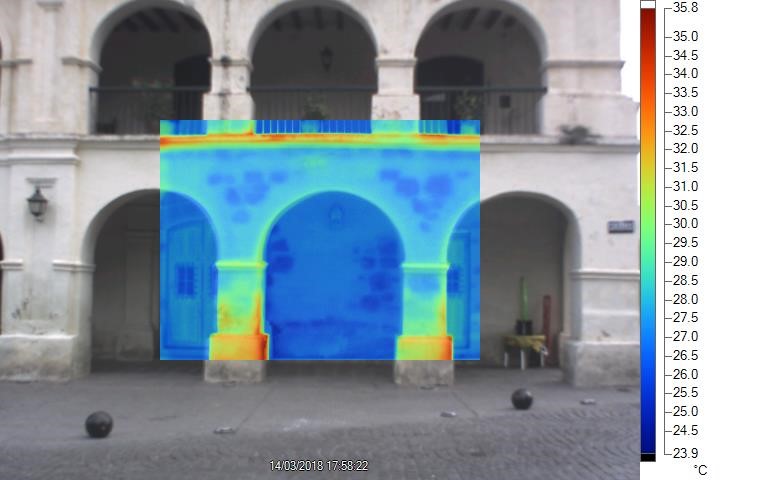The group carries out advisory activities and services to public and private organizations, among which are:
From early-stage project is discussed with the architect or designer possibilities of adapting the house or building to include bioclimatic strategies to make it more comfortable and efficient. |
 |
Measurements of temperature and relative humidity are made inside homes and buildings for periods of several days, to study comfort conditions in them. Small sensors are used that are located in the interior spaces and that do not affect the usual activities of the occupants. |
 |
Thermal mapping is the process of recording and analyzing temperature data from different areas of a room or warehouse, which allows to know the temperature distribution in a defined area. It is obtained by placing an appropriate number of data loggers (data collection devices) in different locations of the premises, in order to record the temperature variations during a certain time. The thermal mapping study provides information to determine if the deposit meets its storage specifications required by regulations and specifications of stored products (for example, pharmaceutical products). |
 |
The group has the development of different computational simulation software to analyze the thermal behavior of a building. With this, you can predict what the temperature will be throughout the day and detect situations of excessive heat or cold that may occur in the home, according to the proposed design and climate. |
 |
Measurements of infrared emissivity and solar reflectance index IRS according to the current standards of construction materials. |
 |
Determination of the global thermal resistance, thermal conductivity and global coefficient of heat loss in walls and/or construction materials. Measurement of solar and visible transmittance of transparent materials. |
 |
Dictation of courses at the professional and postgraduate level. |
 |
Infrared thermography is a non-destructive technique with a variety of applications in buildings. By means of inspection with thermographic camera it is possible to detect constructive pathologies (thermal bridges, poor installation of thermal insulation, humidity, etc.) and also to determine the type of material with which the wall is built based on the temperature differences caused by the different thermal conductivities of the materials used. In historic buildings, it is mainly used to recognize materials. |
 |